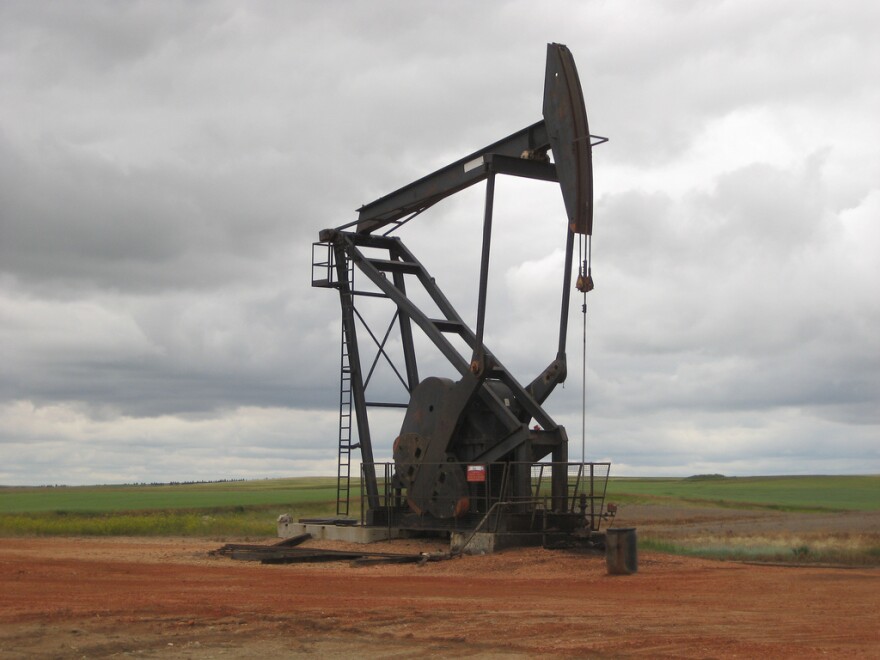In the next 10 years, West Texas' Permian Basin will continue to dominate U.S. oil supply, according to a new production forecast from an oil and gas consultancy.
The Permian Basin is already one of the world’s leading oil producers, pumping roughly 3 million barrels per day. But by 2030, oil and gas consultancy Wood Mackenzie predict that will double to 6.3 million b/d. The firm expects the region would then account for more than 50 percent of the United State's onshore production.
That boom is being driven by hydraulic fracturing which has opened up the region to even more oil production.
But there are hurdles to that growth, like the current lack of pipeline capacity to carry oil to export markets.
“There’s some real constraints and operators will be required to slow down a bit," said Wood Mackenzie's Daniel Romero. "But once you get to the end of next year, so talking end of 2019 into 2020, there’s this really big fairway for production to expand.”
Romero says additional pipeline infrastructure is currently planned, which will help clear the bottleneck.
The expected growth in the Permian will ensure it's dominance in oil production.
"It's booming today, but we do, again, expect it to grow another 2 or 3 million barrels a day from here," said Romero."We're kind of debating whether or not that's more like 4 or 5 million barrels a day, which would perhaps be the biggest oil boom in the history of America potentially."
Water has also proven to be a unique challenge, according to the report. Costs associated with handling water, from its use in hydraulic fracturing to disposal, could slow productivity growth.
"The sheer volume of water produced today is staggering, and unit costs are expected to rise over time as simpler solutions are exhausted," reads the report. "In turn, development costs are rising and, as a result of increased costs and pace of drilling, individual well productivity has stumbled year-on-year."
Production in the Permian might peak by 2035, according to the report.


